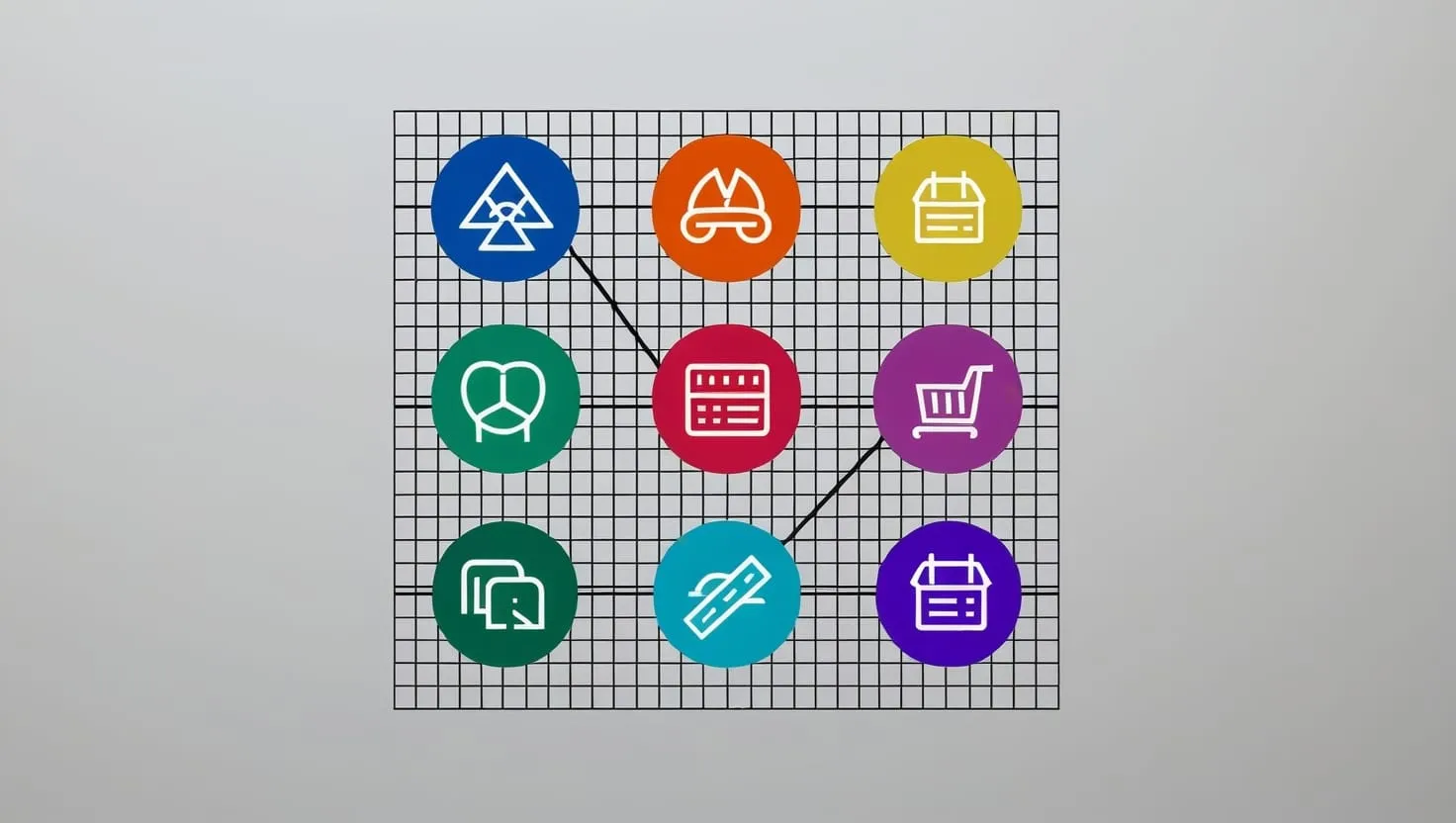Trent Hamm’s “The Simple Dollar” offers a refreshing take on personal finance, blending practical advice with a philosophical approach to money and life. As I delved into the book, I found myself nodding along to many of Hamm’s insights, particularly his emphasis on aligning financial decisions with personal values.
One of the most striking aspects of Hamm’s approach is his focus on automating financial decisions. By setting up automatic bill payments and savings transfers, we can sidestep the mental fatigue of constantly making financial choices. This strategy resonates with me deeply. How often have you found yourself procrastinating on bill payments or forgetting to set aside money for savings? By removing these tasks from our daily to-do lists, we free up mental energy for more important decisions and reduce the risk of late fees or missed savings opportunities.
“The best way to predict the future is to create it.” - Peter Drucker
This quote encapsulates the essence of Hamm’s approach to financial automation. By setting up systems that work in our favor, we’re essentially creating a future where good financial habits are the default, not the exception.
Living below your means is another cornerstone of Hamm’s philosophy. This isn’t about deprivation; it’s about creating a buffer between income and expenses that allows for financial flexibility and growth. I’ve found that this approach not only reduces financial stress but also opens up opportunities for pursuing passions and weathering unexpected financial storms.
Have you ever considered how much of your spending truly aligns with your values? Hamm challenges readers to engage in value-based spending, focusing money on things that bring genuine satisfaction. This concept forced me to reevaluate my own spending habits. I realized that many of my purchases were driven by habit or societal expectations rather than true enjoyment or fulfillment.
“Too many people spend money they haven’t earned, to buy things they don’t want, to impress people they don’t like.” - Will Rogers
Rogers’ words serve as a poignant reminder of the pitfalls of mindless consumption. By aligning our spending with our values, we not only improve our financial health but also our overall life satisfaction.
The idea of creating multiple income streams is particularly relevant in today’s gig economy. Hamm advocates for diversifying income sources beyond a traditional salary. This could mean starting a side business, investing in dividend-paying stocks, or monetizing a hobby. I’ve personally found that having multiple income streams not only provides financial security but also offers a sense of empowerment and creative fulfillment.
What skills or interests do you have that could potentially generate additional income? The answer to this question could be the first step towards building your own diversified income portfolio.
Perhaps the most transformative lesson from “The Simple Dollar” is the emphasis on financial education. Hamm encourages readers to invest time in learning about money management and investing. This resonates strongly with me. In my own journey, I’ve found that the more I learn about personal finance, the more confident and empowered I feel in making financial decisions.
“An investment in knowledge pays the best interest.” - Benjamin Franklin
Franklin’s wisdom rings especially true in the realm of personal finance. The time spent learning about money management can yield returns far greater than any traditional investment.
Applying these lessons requires intentionality and commitment. Setting up automatic transfers to savings accounts is a great first step. It’s a simple action that can have profound long-term effects on your financial health. Tracking expenses for 30 days can be eye-opening, revealing spending patterns you might not have been aware of. It’s often surprising to see where our money actually goes versus where we think it goes.
Eliminating subscriptions you rarely use is another practical application of Hamm’s principles. In our subscription-heavy world, it’s easy to accumulate services we don’t fully utilize. A regular audit of these recurring expenses can free up significant funds for more meaningful uses.
Starting a side business might seem daunting, but it doesn’t have to be. It could be as simple as selling handmade crafts online or offering freelance services in your area of expertise. The key is to start small and build gradually.
Reading one financial book monthly might seem like a significant time investment, but the knowledge gained can be transformative. It’s not just about accumulating information; it’s about changing your mindset and approach to money.
As I reflect on Hamm’s teachings, I’m struck by how these strategies can help build wealth systematically while maintaining quality of life. It’s not about extreme frugality or get-rich-quick schemes. Instead, it’s about making intentional choices that align with our values and long-term goals.
“The goal isn’t more money. The goal is living life on your terms.” - Chris Brogan
This quote captures the essence of what Hamm is trying to convey. Financial success isn’t just about accumulating wealth; it’s about creating a life that aligns with your values and aspirations.
Have you considered how your current financial habits are shaping your future? Are your spending and saving patterns aligned with the life you want to create? These are the kinds of questions that “The Simple Dollar” prompts us to consider.
Implementing these strategies requires patience and consistency. It’s not about overnight transformation, but rather about making small, sustainable changes that compound over time. The beauty of this approach is that it’s accessible to everyone, regardless of income level or financial starting point.
As I’ve incorporated these lessons into my own life, I’ve noticed a shift not just in my financial situation, but in my overall outlook. There’s a sense of calm that comes from knowing you’re making intentional financial decisions aligned with your values. It’s about more than just money; it’s about creating a life of purpose and meaning.
In conclusion, “The Simple Dollar” offers a roadmap to financial well-being that goes beyond mere numbers. It’s about creating a life of intention, where our financial decisions support our broader life goals. By automating good financial habits, living below our means, spending based on our values, diversifying our income, and continuously educating ourselves, we can create a solid foundation for long-term financial success and personal fulfillment.
What steps will you take today to align your financial life with your values and goals? The journey to financial well-being starts with a single step. Why not make that step today?






